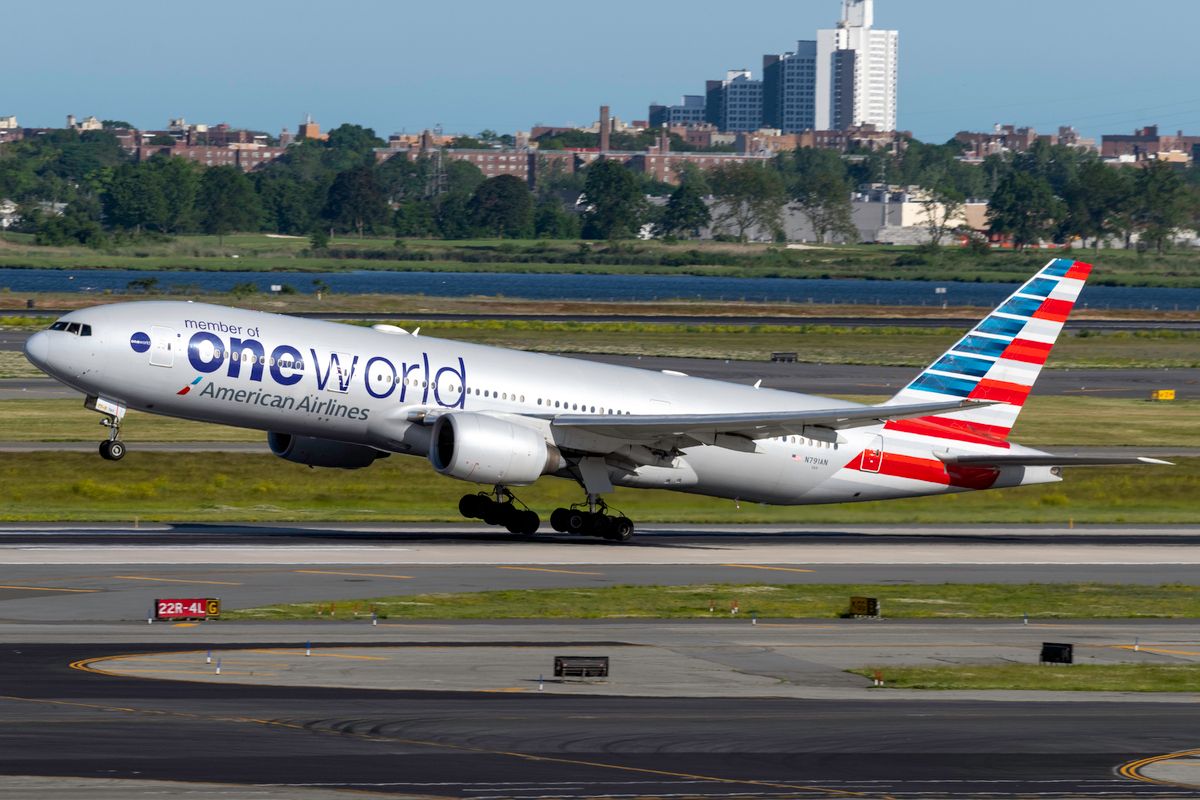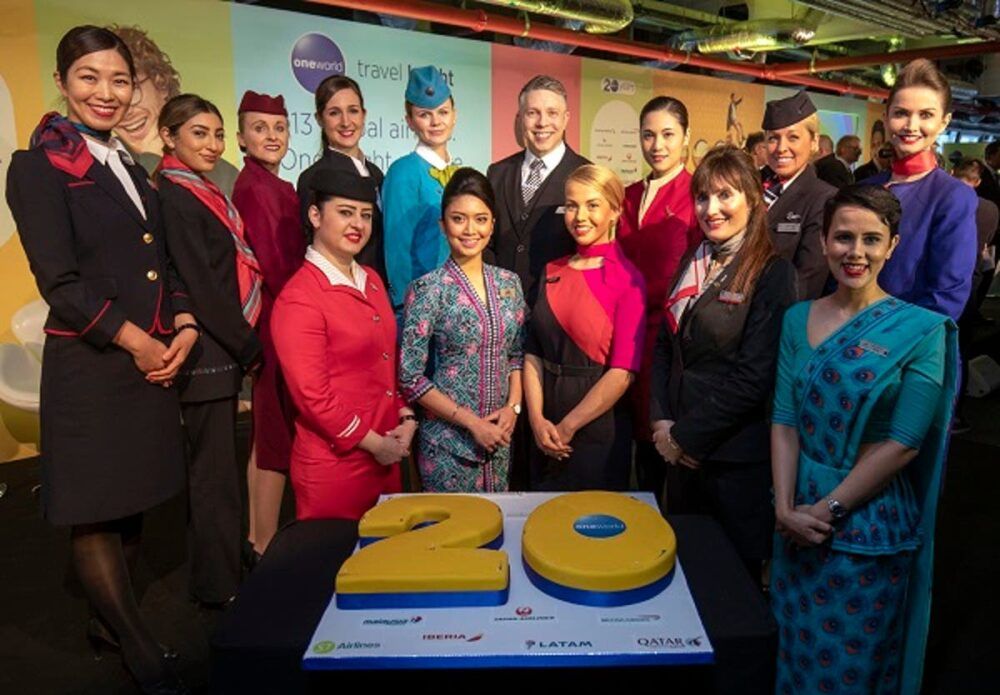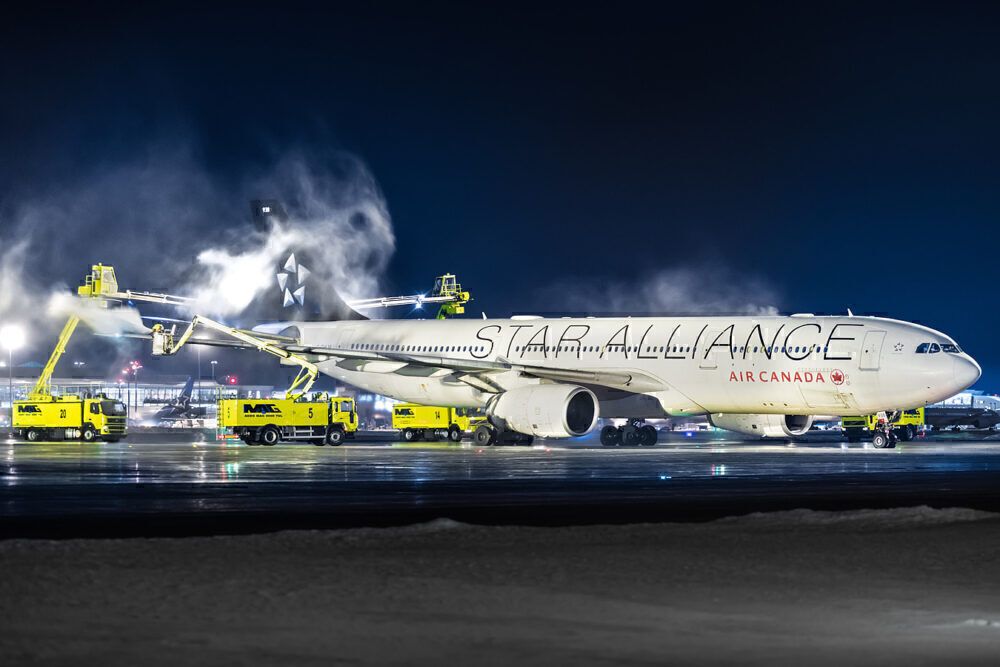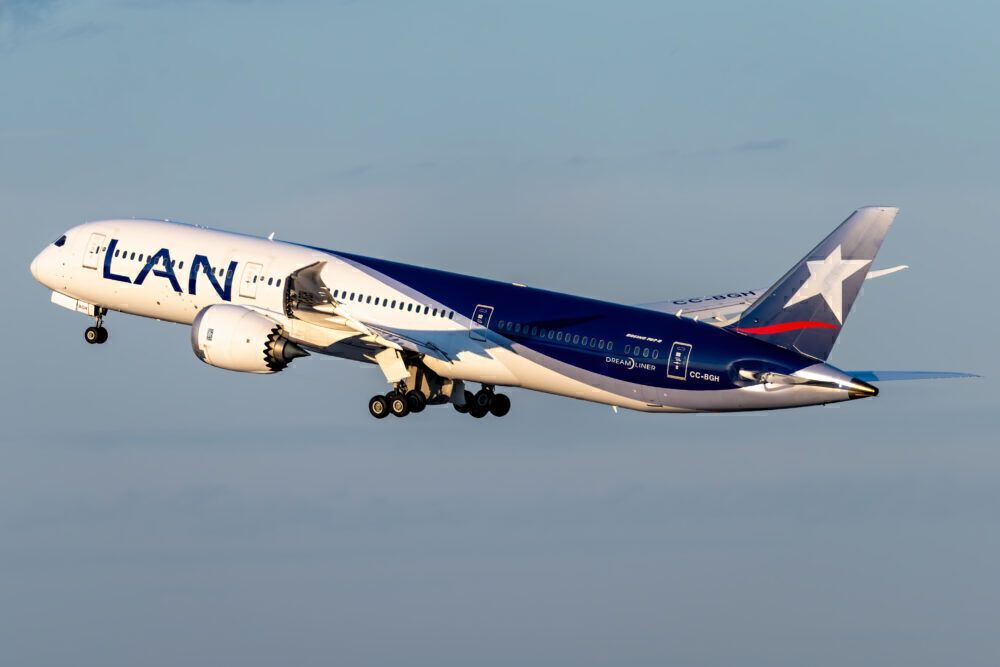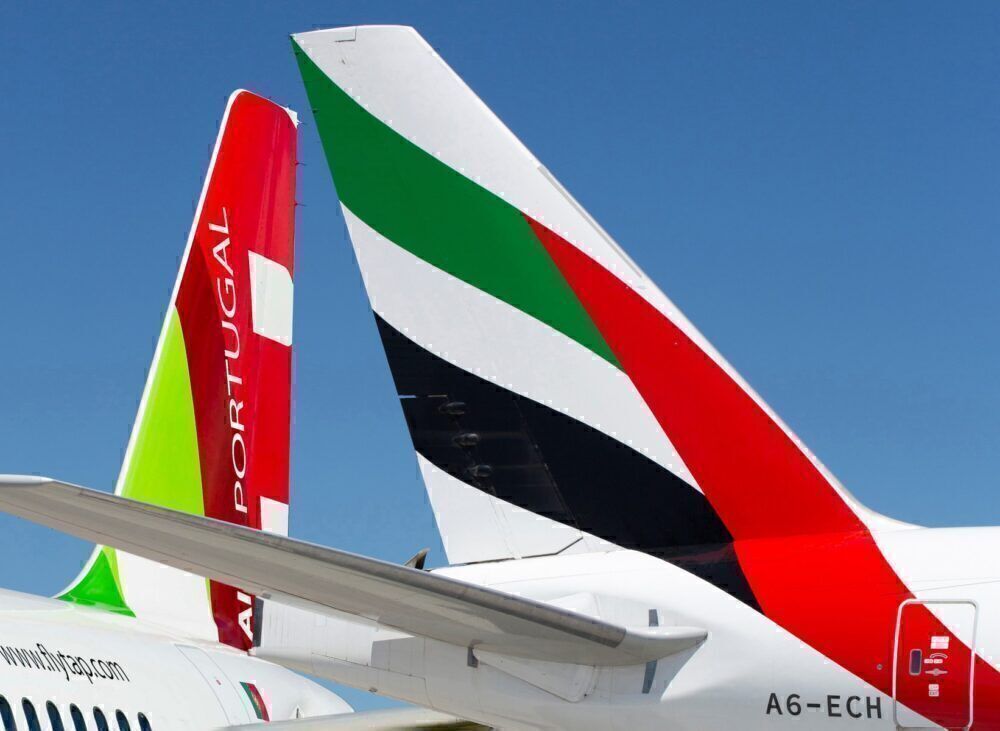There are many different types of agreements between airlines, offering different ways for them to work together. In this article, we take a look at the differences between airline alliances and joint ventures – for both airlines and passengers.
The airline alliance – working together
The airline alliance as we know it today really started in the late 1990s. And today, there are three main global alliances – oneworld, Star Alliance, and Skyteam.
The idea is for airlines within the alliance to work closer together, and to offer ticketing and frequent flyer benefits to passengers across all members. This allows airlines to compete better than they could on their own, offering more routes and options to passengers.
Whilst some airlines within an alliance will offer enhanced codeshare services, and some go further with joint ventures, there are no requirements for members to do this.
Airlines do, however, have to offer frequent flyer benefits to members of other airline schemes. This includes the ability to earn and redeem mileage on their flights, as well as benefits such as lounge access and seating choices. There are procedures in place for cross payment between airlines for these benefits, where appropriate.
The joint venture – sharing operations
Whilst airline alliances have many benefits, and all airlines are committed to sharing benefits, it is not possible (or indeed desirable) for all members of an alliance to work together on route offerings. Airlines will choose to work together with other airlines that complement their route offerings and strengthen their market position. This can happen whether the airlines are in the same airline alliance or not.
A joint venture is an agreement between airlines to share revenues on a route (according to an agreed contract). They will also coordinate on route planning and scheduling. These are typically large undertakings, that take significant negotiations. They also often require government approval due to the potential removal of competition.
Joint ventures could be between alliance members or between airlines in different alliances.
Some examples of joint ventures include:
- BA, Iberia, Finnair, and American Airlines have been operated a transatlantic joint venture for many years. These airlines are all members of the oneworld alliance. In December 2020, Aer Lingus was granted permission to join this agreement.
- oneworld member Qantas has a joint venture with non-alliance member Emirates for European flights.
- Delta and Virgin Atlantic launched a joint venture with Air France-KLM in February 2020. The venture covers up to 341 peak daily transatlantic services, as well as onward services in the US and in the UK and Europe.
- Delta has also tied up a joint venture with LATAM, allowing it to offer more connections into South America.
There are also codeshares and interline agreements
There are other ways that airlines can work together, besides joint ventures and alliance membership. Like a joint venture, codeshares can take place between any airline, either within the same alliance or not. These are much less committed than a joint venture. Airlines will place their code on other operators' flights, and establish a revenue-sharing agreement. But the main focus is on increasing flight options for customers of both airlines.
And there are also interline agreements. These are the lowest form of collaboration between airlines. They mainly allow for easier booking of tickets with multiple airlines. For example, they allow one airline to handle check-in and baggage acceptance for the whole itinerary.

